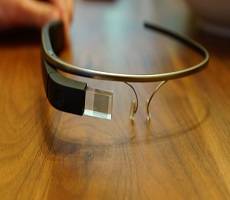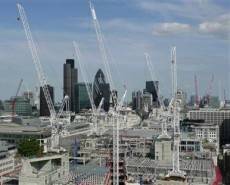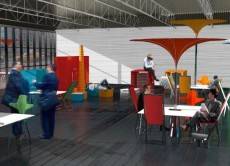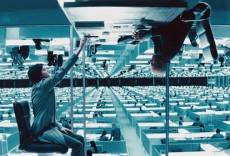November 8, 2013
Latest Insight newsletter is now available to view online
In the latest issue of the Insight newsletter available to view online; Smartglasses look set to become the next Bring Your Own Device (BYOD); office construction in the City of London higher than it has been for five years and the winners of a competition to uncover the “Workplace of the Future” are announced. We’ve an exclusive interview with journalist and urbanist Greg Lindsay, a key speaker at the Worktech 13 conference, along with columnist Philip Ross who explains why data will transform the role of workplace. Debra Ward, Chair of Women in FM questions why companies choose not to ensure gender balance in senior positions and Pam Loch offers advice to managers on what to do when a social media fixation threatens staff productivity.





























November 5, 2013
Technology fix. What employers can do when social media becomes an addiction
by Pam Loch • Comment, Legal news, Technology, Workplace
Recent research shows that technology has helped us to become nearly five times more productive than we were in the 1970s. As well as enabling social interaction and personal expression, social media such as LinkedIn and Twitter can be valuable business aids for innovation and collaboration. However, with over half of people under 25 admitting they have to check Facebook at least once a day, it’s clear that for many, social media has become more than a form of virtual engagement. This can create something of an issue in the workplace, leaving employers with the dilemma of balancing the positive aspects of online communications while discouraging time wasting. More →